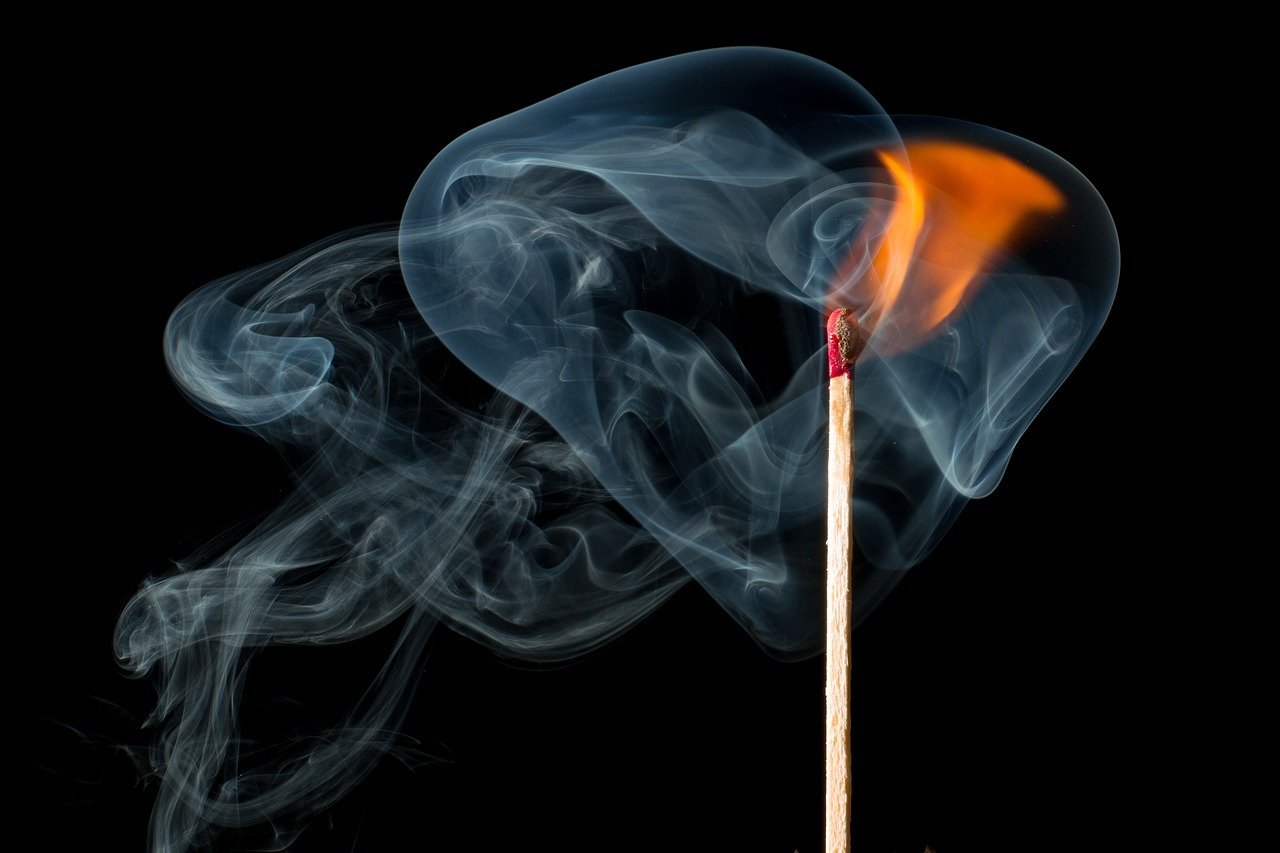
23 Feb 2018
- 0 Comment(s)
Last December, the US Fire Administration released a report titled Fire in the United States: 19th edition. While it showed a general decrease in deaths, injuries, and dollar losses per capita from 2006 to 2015, families were still at risk. Residential fires outnumbered nonresidential incidents three to one, and the largest percentage of reported deaths —75% in 2015 — occurred in residential properties. As for injuries, 76% were said to have occurred in residences.
Why were there fewer deaths and injuries in nonresidential properties? The report noted that public properties are generally required by local codes to have built-in fire suppression systems. The lesson for entrepreneurs is clear: preventing a fire is better than dealing with the risks to customers, employees, and assets, so every business must consider getting a fire alarm system. But the choice isn’t as simple as getting the one with the loudest siren or the lowest cost.
When There’s Smoke, There’s Fire

Photo courtesy of HG-Fotografie via Pixabay
You can’t put a price on safety, but businesses can’t just invest money in fire alarm systems without knowing what it pays for exactly. The price tag for fire prevention systems includes different features that work to detect and respond to the threat of fire.
First, there are the sensors and detectors. Smoke detectors are the most popular, and there are two major types: ionization and photoelectric. Ionization smoke detectors are generally more responsive to flaming fires, while the more common photoelectric smoke detectors are better at reacting to fires that begin with a long period of smoldering. Fire prevention experts agree, however, that it’s best to have a combination of both.
While smoke detectors are popular, they have weaknesses. If they get dirty, there’s a chance they won’t function as they should (though more modern detectors are able to compensate for that). They may also send out false alarms, especially in areas with volatile solvents, conductive material dusts or high humidity. That’s why business owners may want to consider alternatives like thermal detectors: they can be less expensive and require less maintenance than smoke detectors, but they also tend to be slower to respond.
Heads Up on the Heat

Photo courtesy of tylubeatz via Pixabay
Of course, what is a fire alarm system good for if it doesn’t alert people to fires? A useful warning system should capture people’s attention immediately so that they can either try to put the fire out or, if the blaze is already out of control, get to a safe area. Rather than old bell-style alarms, many modern systems use electronic accessories like sirens, fire horns, and strobe lights that are usually wired to activate at once.
Another feature, which is especially beneficial for larger buildings, is the ability to establish detection zones for users to know where exactly a fire has occurred. Some fire alarm systems are addressable, which means each device can be programmed for a specific location to activate crucial fire safety features like sprinklers or automatic equipment shutdown systems.
For businesses that aren’t occupied round-the-clock, the chances of a fire breaking out and destroying the property are much greater. They need a way to notify the fire department or other designated people when the alarm system is triggered. That’s why some fire alarm systems come with a monitoring service. It may seem like a luxury, but it will surely save precious minutes when the worst happens.
A Smart Way to Burn Money

Photo courtesy of QuinceMedia via Pixabay
So how much does a fire alarm system cost? It really depends on the features that are included. Each alarm can cost around $20; the ones with strobe lights can be anywhere from $30 to $60. A keypad control system, like the Fire-Lite ANN80 LCD Annunciator, will set you back more than $200. Fire alarm pull switches, which let people manually trigger the system, can cost between $35 to $40 each, while power supplies and battery chargers that provide additional power for alarm accessories can cost between $350 and $400. That’s not even counting the central fire control panel, which can be anywhere from $300 to $800. Some cities also charge fees to building owners if their fire alarm systems send out too many false alarms.
Small business owners, wanting to avoid the sticker shock of a commercial-grade setup, might consider installing simple stand-alone smoke detectors in different parts of their establishment. But according to the National Fire Prevention Association (NFPA), interconnected smoke alarms were more likely to operate and alert occupants to a fire, and businesses hit with fires suffer anywhere from $8,300 to more than $128,000 in property damage on average. And even with insurance, recouping costs from lost inventory and business may be difficult, if not impossible. That’s why rather than having isolated smoke alarms, it’s better for business owners to have fire alarm systems that operate through a centralized control panel.
Where Are the Hot Spots in Your Business?

Photo courtesy of Pexels via Pixabay
One of the most important things to consider is where you have to put your fire alarm detectors. Cooking is the leading cause of fires in both residential and nonresidential buildings, making the kitchen a risk area — though the NFPA recommends placing smoke detectors at least 10 feet away from stoves to prevent false alarms. Unintentional or careless actions, which includes putting combustible materials next to a heat source or misuse of materials, is another major source of fire, so putting fire alarms in storage areas, especially ones with volatile or inflammable materials, is a must. Electrical and heating equipment may also cause fire, so it’s best to place sensors in places like server rooms and other places where machines are left running continuously.
Here’s another hot tip: putting smoke detectors on the ceiling may not be the best idea. According to fire experts, gases released from burning furniture could rise straight to the top of a room. Those gases could displace smoke, keeping it from reaching a ceiling-mounted smoke detector. To be on the safe side, consider mounting smoke detectors on the wall, around eight to 12 inches away from the ceiling.
Keeping your business safe is important, and it isn’t free. Plenty of people living in apartments and condominiums can rest easy because of dedicated services and facilities that their dues pay for. But business owners generally have to set up their own smart locks, CCTV cameras, and fire alarms. There are many things to consider when choosing a fire alarm, so the decision can be hard. But it’s better than just waiting for everything to go up in smoke.

